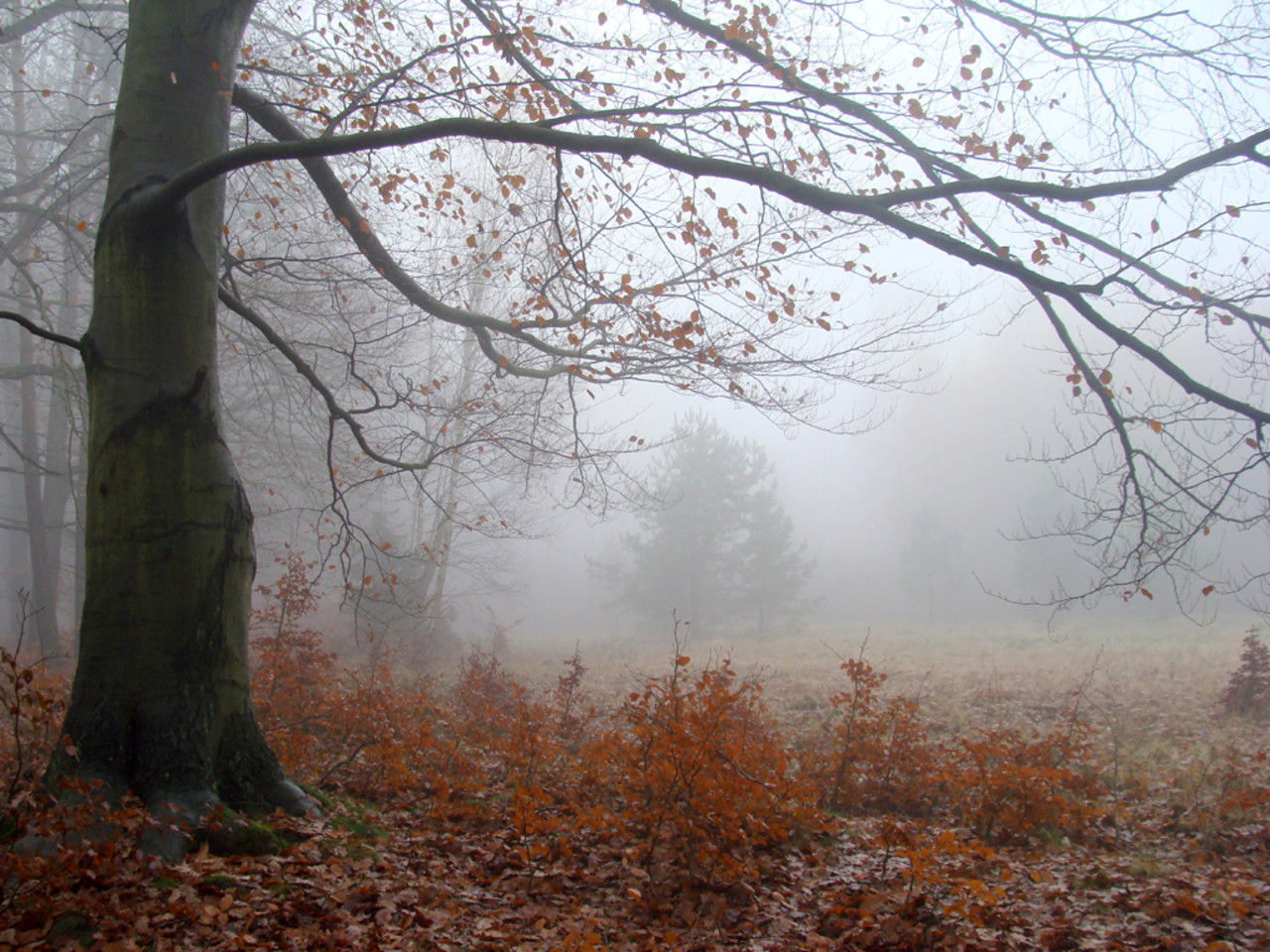Wine Tasting
페이지 정보
작성자 Klaus 작성일25-03-24 17:06 조회4회 댓글0건관련링크
본문
Wine Tasting
Do you actually drink the wine at a wine tasting?
Wine tasting is not only about consuming wine; it is also about experiencing the flavors, aromas, and traits of different wines. While it's common to taste the wine during the occasion, many participants spit the wine into a spittoon or glass after swishing it in their mouths. This allows them to savor the distinct notes without consuming too much alcohol.
However, 오피커뮤니티 if somebody enjoys a specific wine, 유흥사이트, webwiki.co.uk, they're free to swallow it. The selection typically is dependent upon private desire and the purpose of the tasting—whether it is to be taught, to match, or simply to enjoy!
Why is wine tasting so difficult?
Wine tasting can be perceived as tough for a number of causes:
- Complexity of Flavors: Wines have a vast vary of flavors and aromas as a outcome of their various grape varieties, 오피커뮤니티 regions, and 유흥 production strategies. Identifying delicate nuances requires apply.
- Subjectivity: Personal preferences heavily influence how one experiences wine. What tastes good to one person might not attraction to a different.
- Technical Knowledge: Understanding wine terminology and the elements that contribute to a wine’s profile adds a further layer of complexity.
- Sensory Overload: The sheer number of wines available can overwhelm novice tasters, making it challenging to focus and discern particulars.
To improve your wine tasting abilities:
- Practice frequently to familiarize yourself with different wines.
- Keep notes on your tastings to track your preferences and 오피커뮤니티 discoveries.
- Engage with others to gain insights and share experiences.
- Attend workshops or lessons to build foundational knowledge.
With time and experience, wine tasting can turn into an gratifying and 오피커뮤니티 rewarding endeavor.
What are the 5 S's of wine tasting?
The 5 S's of wine tasting are essential steps that enhance the tasting expertise. They embody:
1. See - Observe the wine's colour and readability. This can provide insights into its age and potential taste profile.
2. Swirl - Gently swirl the wine in the glass to aerate it. This releases aromas, making it easier to determine completely different scents.
3. Sniff - Take a second to inhale the wine's aromas. Pay attention to the completely different notes that will come up, corresponding to fruity, floral, or earthy scents.
4. Sip - Take a small sip and let the wine coat your palate. Consider the flavors and texture, noting any complexities.
5. Savor - After swallowing, mirror on the finish or aftertaste. This lingering sensation can provide further insights into the wine's high quality and traits.

댓글목록
등록된 댓글이 없습니다.
